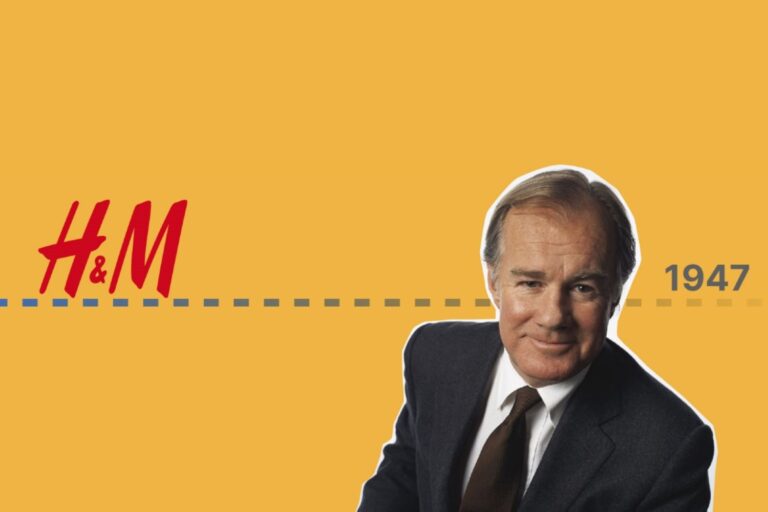Reebok’s Failure: What Is the Reason behind Their Losing the Game?
It might be hard to believe that there was a time when Nike did not reign supreme in the American sneaker community, given the Swoosh’s ubiquity in contemporary American culture. During the 1980s, it was neither Nike nor Adidas that ruled the plurality of the American market. And it was indeed a brand name that most people might never expect, which was called Reebok.
Over the years, Reebok has experienced numerous ups and downs. As the preeminent athletic footwear manufacturer, Reebok used to appear almost everywhere. And now they no longer remain their popularity when Nike joined in this “sneaker war”. But before analyzing their failure, the blog will take you through the basic history of this massive brand.
How Reebok Was Initially Established
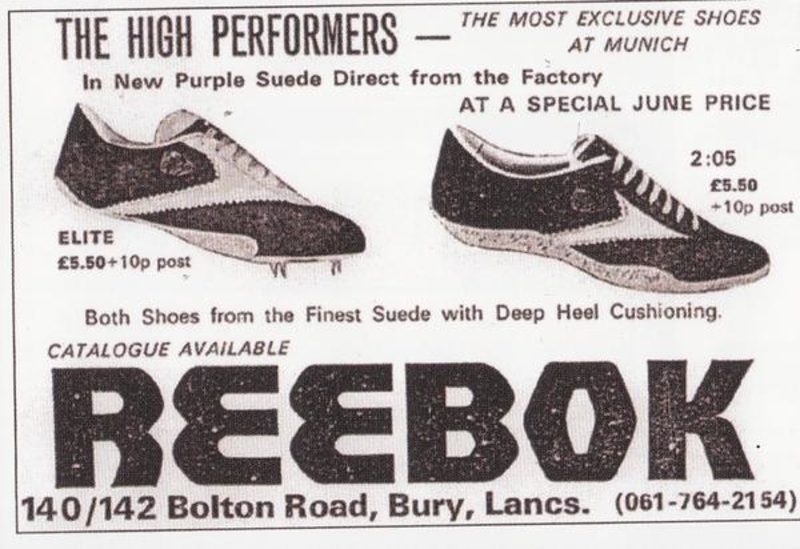
In 1958 in England, a pair of brothers naming Joe and Jeff Foster founded Reebok to carry on their family tradition of making athletic footwear.
At first, the company struggled to copyright the name “Mercury”, so the brothers changed to Grey Rhebok (a species of African Antelope), which later was an inspiration to their official brand name. Throughout the ‘60s and ‘70s, the company kept on producing the running spikes with its base in England. Later in 1979, when Reebok was exhibiting at the Chicago International Sneaker Trade Show, then there was a guy called Paul Fireman who was interested in the brand. He was indeed an American outdoors gear wholesaler, he decided to acquire the exclusive rights to Reebok in North America.
Under Fireman’s control, the company did not gain large sales so quickly. It took Reebok a bit of time to figure out how to become unique.
During the 1980s, there was a trend in people staying or getting in shape. It was the decade that aerobics became such popular that even Fireman’s wife was so passionate about this type of sport. Realizing that this trend could benefit the company, Reebok invested in creating a type of shoes for those women’s aerobics.
It was such a smart move since competing with others about sports generally could not help to distinguish Reebok from others in the fierce market. And focusing solely on aerobics, it could make more people pay attention to this brand. Soon, it became more popular and started to blend into the general market of athletes.
After five years from the time Fireman acquired the North American license, he took another risk when he decided to purchase the British parent company, which later helped cement Reebok’s dominant status in the latter part of the decade. Although with the previous rights, Fireman could lead Reebok to success with his creative input, then the full ownership would allow the brand to capitalize on the decade’s fitness revolution.
While Nike and Adidas were focusing hard on the men’s market and put aside the large women’s segment, Reebok took advantage of this and thrived high. Using the revenue earned from that aerobics segment, the company invested and made a concerted push in the men’s market. This led to the birth of products like the Workout, Newport Classic, and the Revenge Plus, which later became the Club Classic 85. They were the types of shoes that could be seen anywhere from the tennis court to outside the gym.
That Reebok emphasized its footwear to become more fashionable outside fitness resonated the consumers. By 1986, Reebok was the top brand in North America’s athletic footwear market. Even one of the biggest films in the year, Aliens, had its main character kicking ass in an abstract concept shoe, now known as the “Reebok Alien Stomper”. In 1987, the total sales were $1.4 billion which was a thousand times greater than what had been generated in 1981. By 1988, there was also a significant increase to $1.8 billion. This meant that 26.7 percent of the athletic footwear market was under the control of Reebok while Nike was lagged a bit with a revenue of $1.2 billion.
Attempts to Adapt and Become Unique
By 1989, according to the New York Times, it reported that Nike was making great progress in marketing the shoes for the fashion-oriented customer, which was Reebok’s major strength. To respond to this, Reebok stole a page from Nike’s playbook and put efforts in rebrand itself to become a performance-oriented company by emphasizing more on technology instead of only fashion.
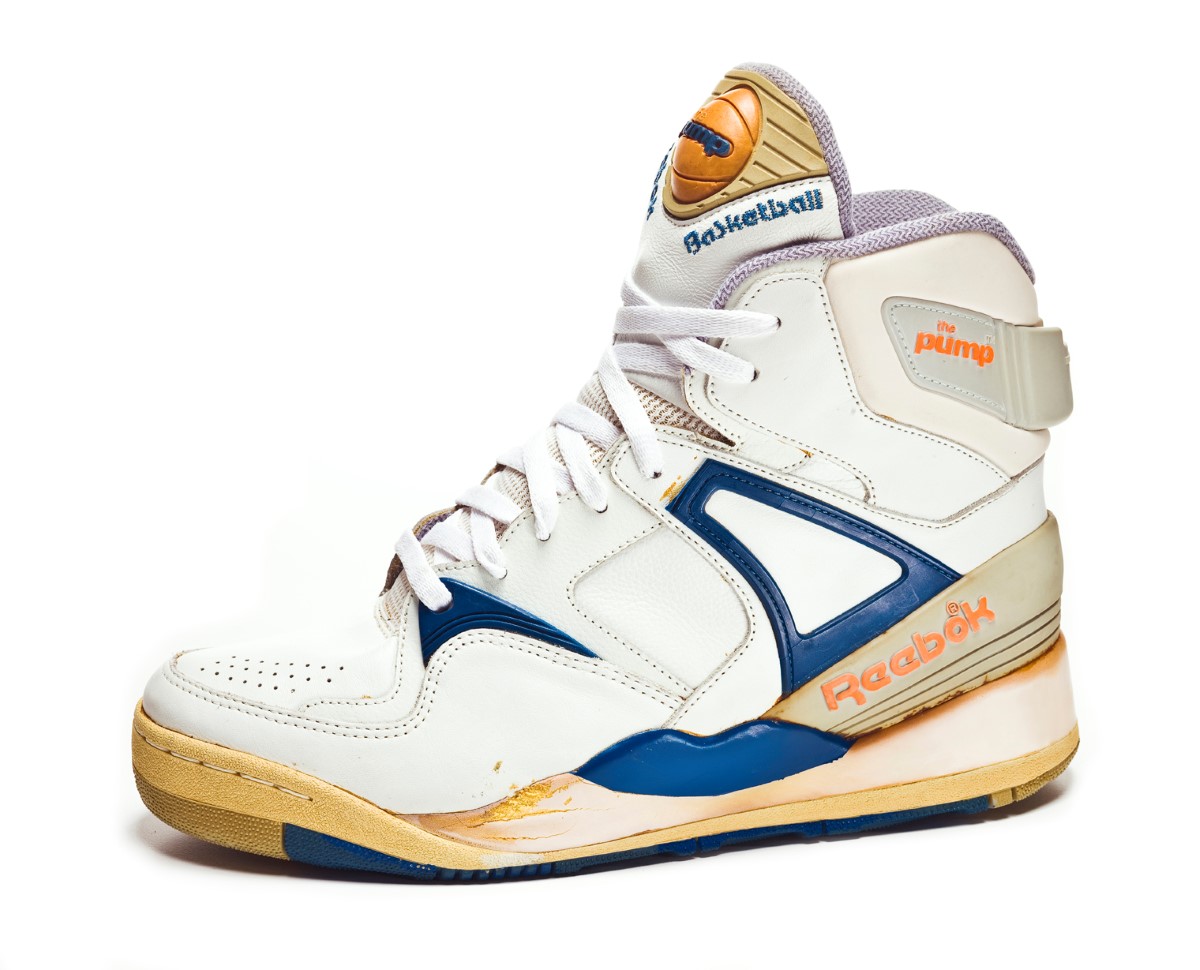
One of Reebok’s first tech-infused sneakers was debuted in 1989, called the Reebok Pump, which used inflatable chambers to offer a custom fit. In terms of marketing, the company focused on using professional athletes as brand ambassadors – this strategy used to be successfully done by Nike before. Firstly, this type of shoes was introduced by Dominique Wilkins. In 1991, while winning the NBA Slam Dunk contest, Dee Brown wore a pair of Pumps, which helped pump them up on the national television.
Later Shaquille O’Neal signed the contract to become a Reebok ambassador. Then he was not only given a signature Pump sneaker but also a pair of Shaqnosis, which was like a part of Reebok’s constant push to challenge Nike in the basketball segment. What is more? In 1996, the brand invited Allen Iverson as another ambassador for debuting the Question shoes, which would eventually lead to the birth of the Reebok Answer family.
One of the successes of the Answer franchise that should be mentioned was DMX – the kind of technology that made Reebok standout from the ‘90s. It featured ten bulbous pods and allowed air to flow from one pod to better distribute weight and support throughout the sole. With the technology, Reebok marketed their sneakers in an aggressive eclectic colorway, telling the customers to “Go to Hell (And back again)”.
It can be said that the brashness of DMX was indeed a natural fit for the rising star Allen Iverson. Although the brand didn’t achieve the same success it had in the ‘80s, as an anti-establishment brand, Reebok seemed to enjoy a renaissance of sorts in the late ‘90s and early ‘00s. Throughout Europe and the United States, the classic Reebok shoes were everywhere – particularly the Workout with icy soles, known as “Soulja”– became fetishized in the American inner cities.
Around the year 2003, Reebok gave Jay-Z a signature sneaker called the S. Carter, which was believed to be unorthodox at that time. It turned out to be an immediate success when all 10,000 pairs were sold out. Then Reebok kept on with its anti-establishment cachet by subsequently signing deals with other celebrities like 50 Cent and G-Unit.
Is Adidas Relating to Reebok’s Downturn?
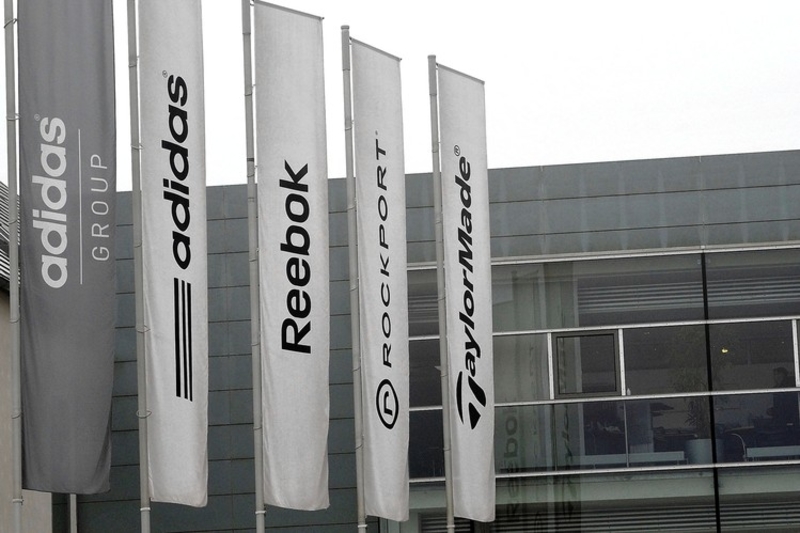
In 2005, Adidas acquired Reebok with a price of $3.8 billion, which was a 34% premium based on its stock price. The idea behind this acquisition was that Nike was so far ahead, and probably the combination of these two will help them catch up with this major competitor.
It has been a rumor that Adidas was just promoting their own brand and just did not mind about Reebok’s failing. To check if this is true, we can look at the Reebok sales through the years. In the first full year with Adidas, Reebok sales equated to about 2.9 billion euros. In the next year 2016, the sales dropped down a bit to just under 2.5 billion euros. And their revenues just continued decreasing, even in 2018, the number went down below 1.7 billion.
On the other hand, the branded products from Adidas have tripled over the span in 2006. Before, Reebok’s revenues contributed to 27% of Adidas’s total revenue. And that number dropped to just 8% in 2018. Thus, maybe it could mean that the company has been focusing hard on Adidas and willing to sacrifice Reebok.
Another evidence showing this unfairness was about the NBA contract. So, the story is that Reebok had a contract with the NBA in 2001 and the duration was 10 years. It was also meant to extend through 2011. But when Reebok was purchased by Adidas, there were changes in that contract. This led to the end of that contract in 2006, one year after the acquisition.
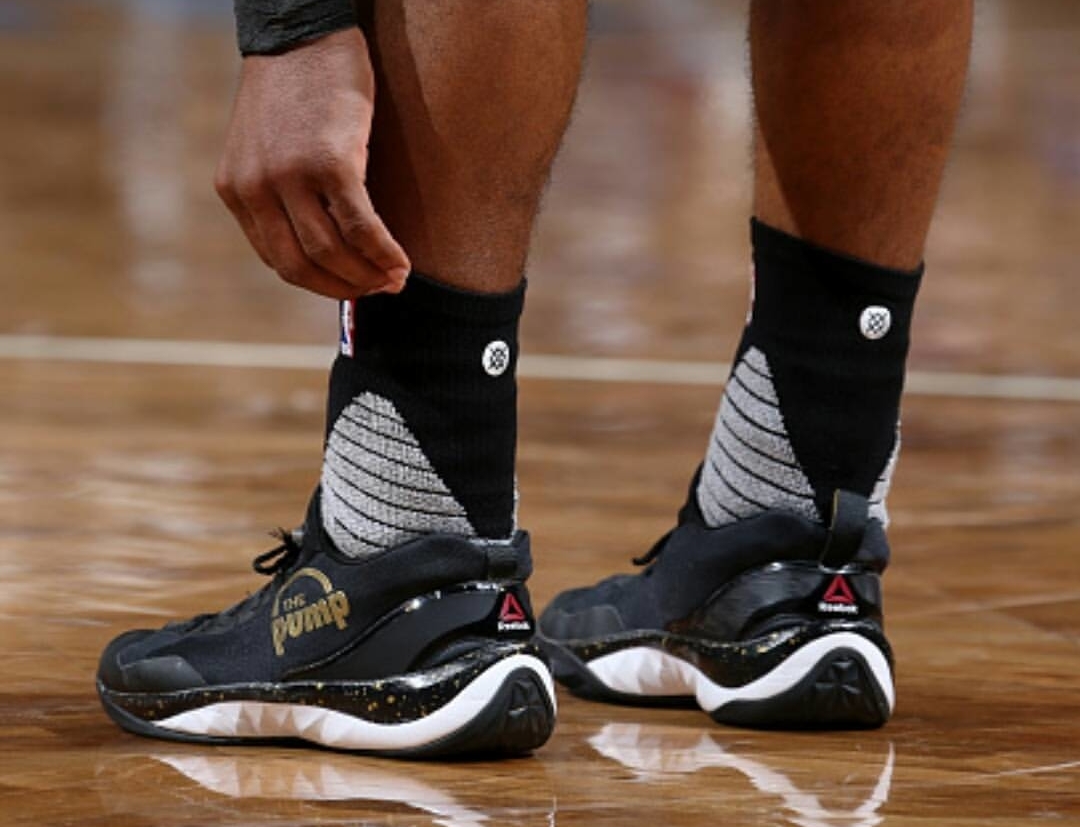
Then Adidas signed an 11-year contract with the NBA to sponsor them and supply their uniforms. It was like everything was shifted from Reebok to Adidas. This makes some believe that promoting their own brand, Adidas, is more important rather than Reebok. They effectively took away 5 years of NBA promotion of Reebok and replaced that for their own crucial brand.
In 2014, the Reebok logo was changed for the second time. It is currently the delta symbol that somehow changes their image. It is reflecting on how they want to be seen as more of a fitness brand rather than a fashion or sports brand. This Delta logo was indeed more suitable for CrossFit’s core values. It proved to be somehow profitable for the company but not so much compared to their crossover success in the ‘80s.
Before their winning strategy was to focus on a very specific fitness market and then transitioned to a more general market of sports. Now they are going on an exactly opposite way from sports back to fitness. It can be noticed that whenever there is a sports opportunity, Adidas would prefer itself more, and to reduce the unnecessary confliction, they accept to push Reebok back into their corner.
This perceived dilution of Reebok’s brand on a cultural front resulted in the failure of major endorsement deals with sports leagues, teams, and athletes. One of the most telling events should be the shuttering of Reebok Basketball, which used to be one of the brand’s foremost breadwinners. John Wall – the franchise’s then-star was also transferred over to Adidas in 2013.
For years, many people think that it is better that Reebok pulls away from Adidas, so it has more ways to perform. In June of 2019, Shaquille O’Neal – the one who has a long history with Reebok showed his interest in acquiring the brand. O’Neal said that he likes to buy this athletic giant since he is not into how its current owner Adidas is diluting the brand so much that it is almost gone. No one can ensure that he is able to afford it or not, but we can see how depressing the state of the brand is.
Can Reebok Return to Where It Was?
In the last few years, it has been noticed that Reebok is on the way to return to fashionable performance footwear which was markedly different from the last decade. Additionally, the brand also partnered with other high-end designers to create not only the Classics offering but also the fashion-infused performance shoes with Reebok’s more mainstream Delta logo.
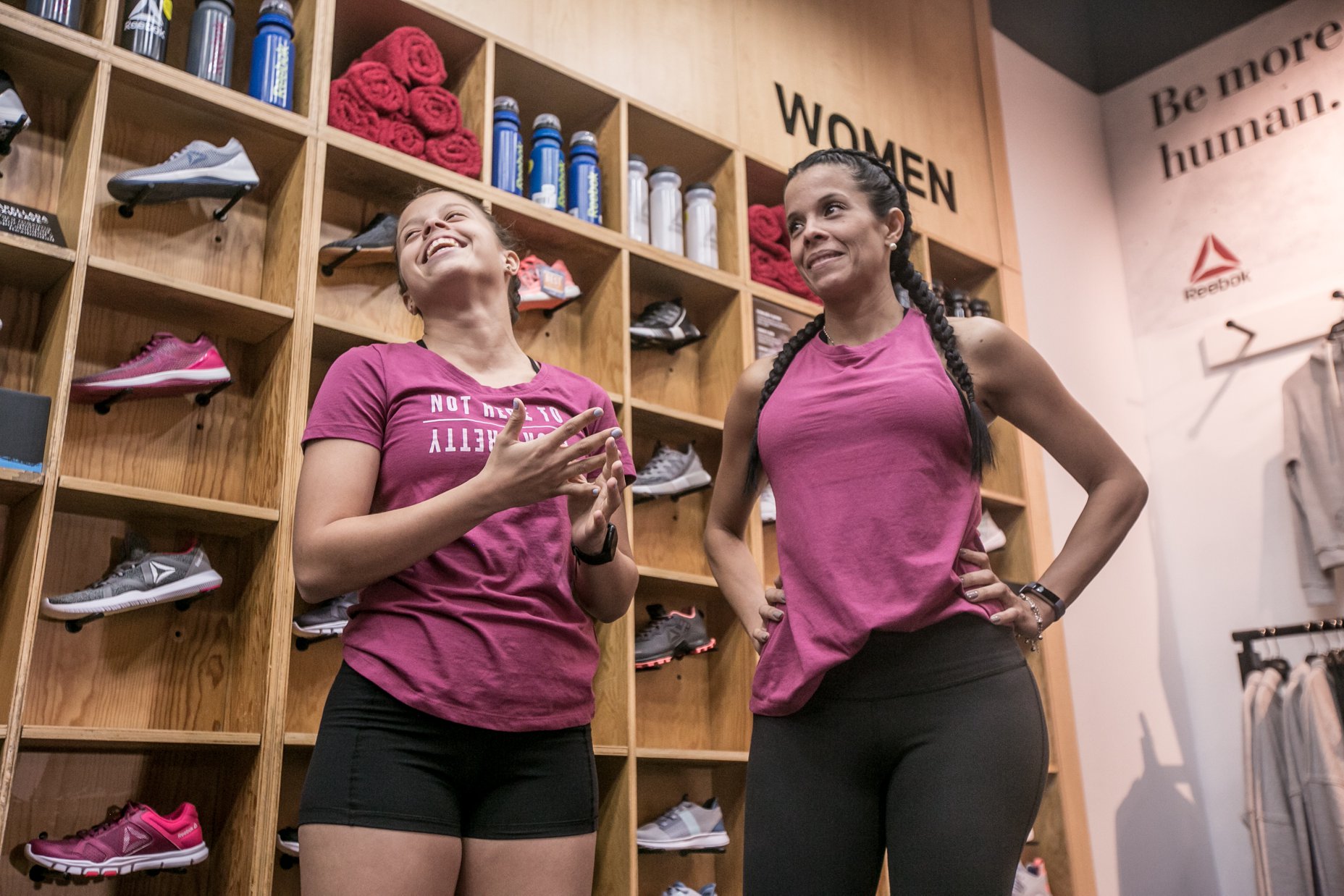
The most remarkable collaboration is with Vetements in the Fall/Winter 2016 collection of the Gvasalia brothers. In the first showcase, it was a new silhouette called the Reebok Pump Supreme. The design was simple with featured little branding outside the Vetements logotype and Reebok Delta logo. In this way, designing was quite like what Reebok had done and received huge success in the ‘80s: create clean athletic footwear.
What Reebok and Vetements released later did stray a bit from that mold when they leaned towards the overly distressed and graphically driven style. Somehow, the mid-calf sock runner born from the collaboration became a hit and then found its way to become one of Reebok’s main collections.
Another noticeable partnership of Reebok with London-based Cottweiler in 2017 on garments, together with a series of hiking-inspired sneakers which again focused on juxtaposing the technical sportswear and fashion, without compromising either.
In 2018, there was a collaboration with an American designer, Pyer Moss, about the project called the futuristic DMX Fusion 1 Experiment. After debuting the Pyer Moss collaboration, it is apparent that Reebok was trying to bring back some notable ‘90s trainers like the Run DMX 10 and DMX Daytona.
The Bottom Lines
In the end, that if Reebok could go back to where they were or not is still a harsh question to answer while lots of different brands are rising, causing Reebok to fade through times. Yet, with all the efforts they are putting, we all hope that one day, Reebok will once again become popular and favorable everywhere.
Undeniably, the company has the potential. It could strike deals with fashion labels like Vetements and Pyer Moss without changing its core brand as the fitness-first brand, which explains why the brand could have lucrative deals with CrossFit and UFC. It appears that these combinations are the things that can help the brand to exist as well as get ready for another period of success. Whether that success will be remained or just temporary, only time will tell, so let us wait to see what will happen next for this sneaker behemoth.









